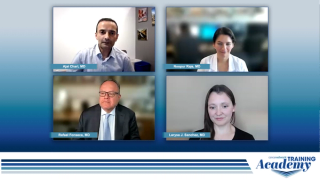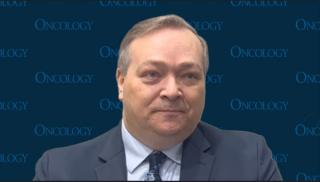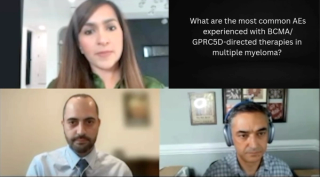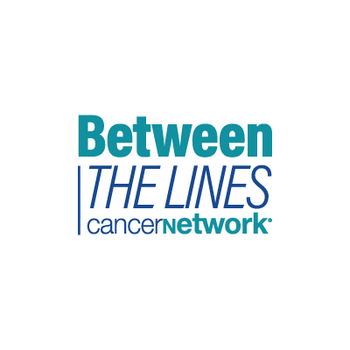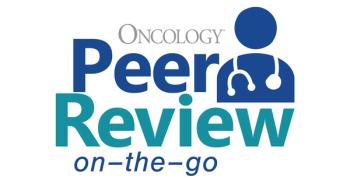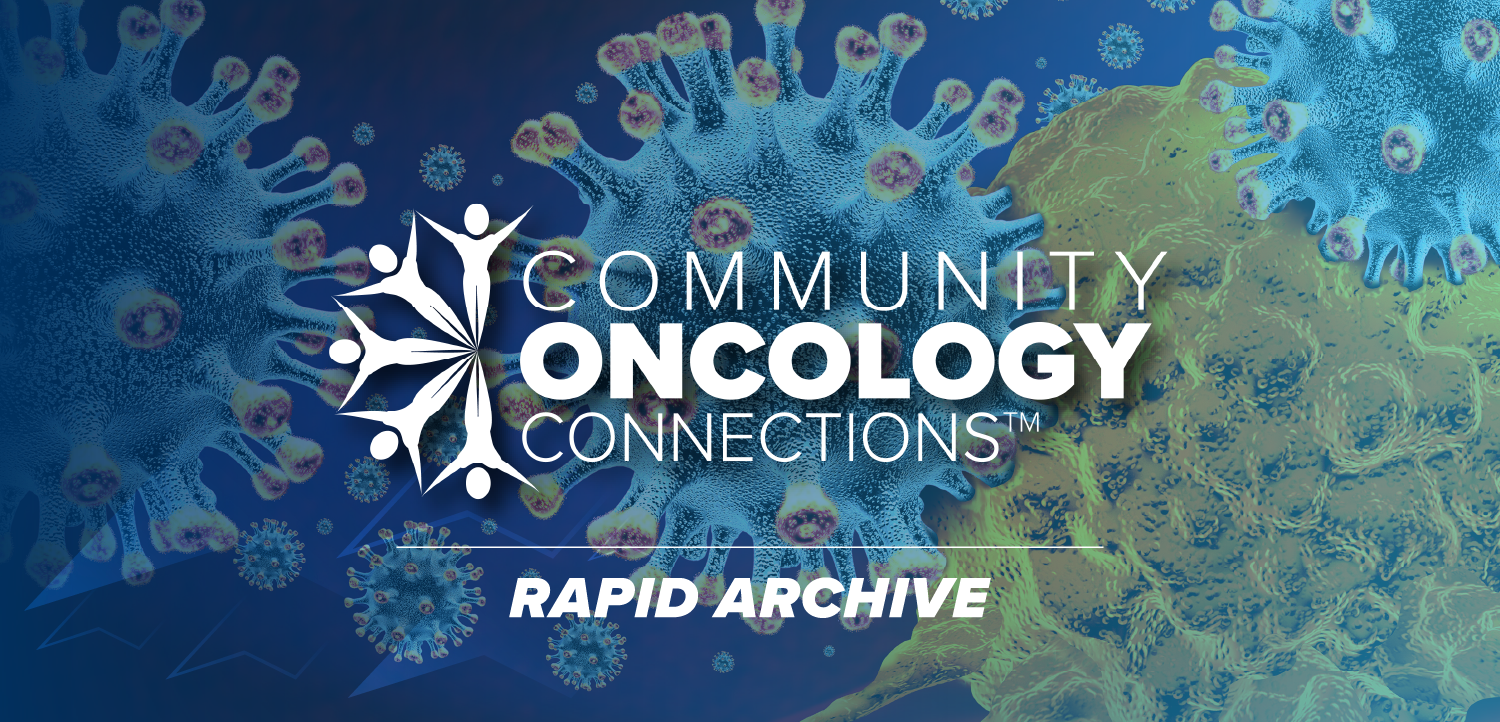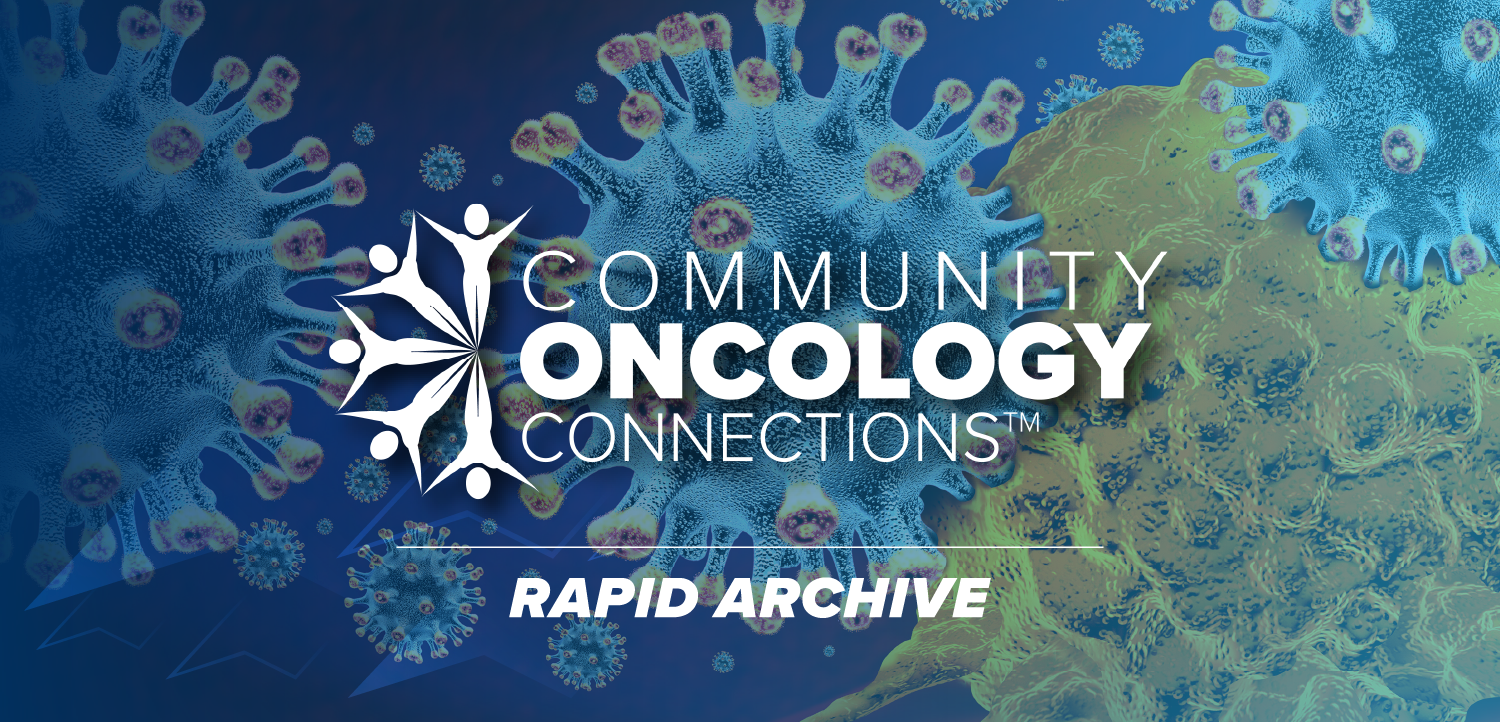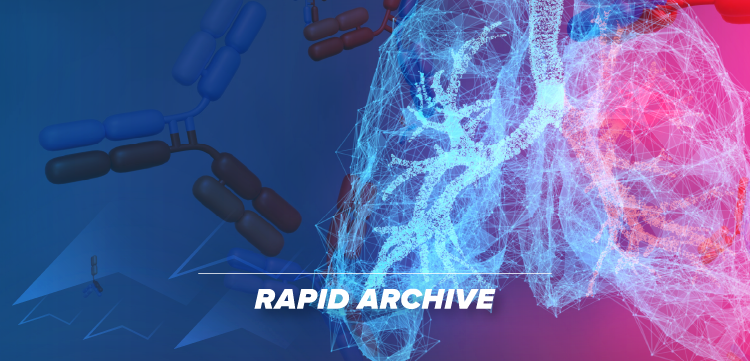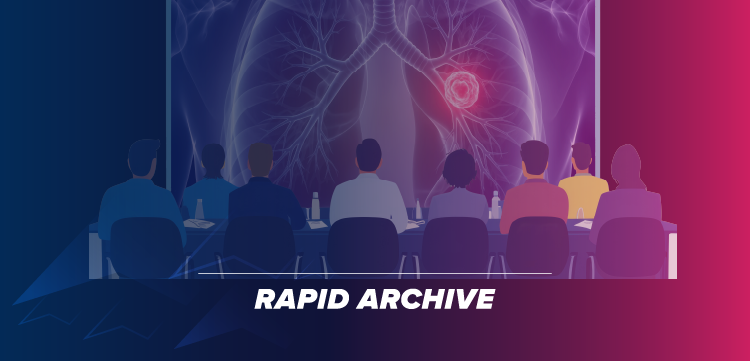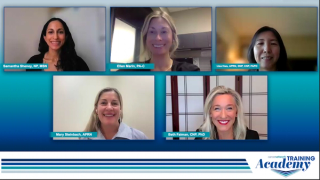
Multiple Myeloma
Latest News
Video Series

Latest Videos
Podcasts
CME Content
More News

No TRAEs leading to dose discontinuation, DLTs, or belantamab-related corneal events above grade 1 occurred with belantamab in multiple myeloma.

Updated findings from AURIGA support the value of adding subcutaneous daratumumab to lenalidomide maintenance in MRD-positive NDMM after transplant.

Phase 1b/2 BGB-11417-105 trial data showed low rates of high-grade infection and hematologic toxicity with sonrotoclax-based therapy in multiple myeloma.

Belantamab mafodotin plus lenalidomide and dexamethasone yielded a stringent CR of 42.9% in patients with newly diagnosed multiple myeloma.

Daratumumab, lenalidomide, ixazomib, and dexamethasone yielded PFS/OS outcomes in transplant-ineligible, newly diagnosed myeloma.
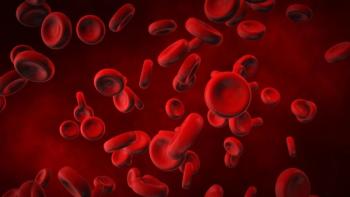
Iberdomide with daratumumab and dexamethasone led to an ORR of 93.1%, with stringent CRs in 30.1%, in those with newly diagnosed multiple myeloma.
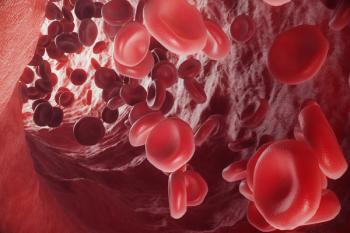
Data from the TANDEMM trial show enduring responses with concurrent anti-GPRC5D and anti-BCMA therapy in relapsed/refractory multiple myeloma.
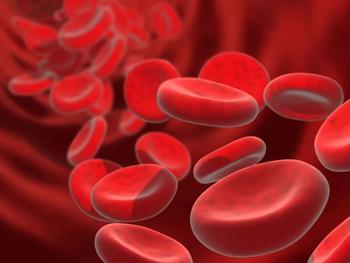
The long-term safety profile of equecabtagene autoleucel was manageable, with no new safety signals identified in those with multiple myeloma.
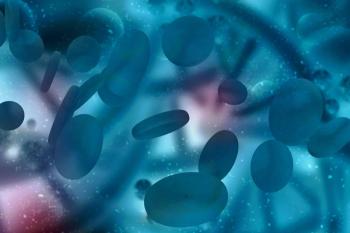
As a 1-time dose, arlo-cel yielded promising efficacy and safety for patients with previously treated relapsed/refractory multiple myeloma.
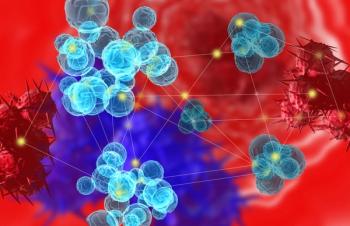
Patients with high-risk multiple myeloma who received BPd maintenance therapy reported no events of progression in the phase 2 trial.
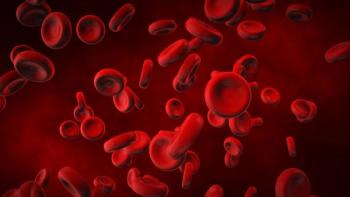
Treatment with ISB 2001 led to an overall response rate of 74% across dose levels 1 to 9 in patients with relapsed/refractory multiple myeloma.

Adverse effects were manageable when patients with heavily pretreated multiple myeloma were given cevostamab consolidation after receiving CAR T-cell therapy.

MRD-negative remission was achieved in 74.8% of all patients with newly diagnosed multiple myeloma treated with isatuximab, carfilzomib, lenalidomide, and dexamethasone.

Additional time is necessary to confirm the depth and durability of responses observed in the phase 1 CAMMA 1 study.

Responses observed with the elranatamab-based regimen in the MagnetisMM-6 trial are anticipated to deepen with longer follow-up.
![We found that patients who are [complete remission] MRD-negative, and PET/CT negative year after year for 5 years do not have to be maintained.](https://cdn.sanity.io/images/0vv8moc6/cancernetwork/a0c5316b5733cfe8ccceb396476faf0cea2f2e46-320x410.png?w=350&fit=crop&auto=format)
According to Sundar Jagannath, MBBS, the cure for multiple myeloma was observed in patients who were cancer free for 5 years without maintenance therapy.
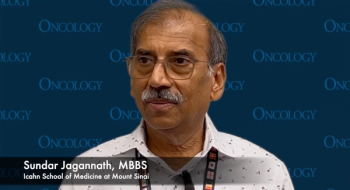
Sundar Jagannath, MBBS, said that when a cure is defined for patients with multiple myeloma, specific patients may be able to stop therapy without a risk of relapsing.

Results from the phase 1b/2 CARTITUDE-1 trial showed that after patients receiving cilta-cel were disease-free for 5 years, they did not need maintenance therapy.

The approach to treating patients with multiple myeloma will change for physicians, pharmaceutical companies, and even patients themselves.

Data from the AQUILA trial support early intervention with fixed-duration subcutaneous daratumumab for those with high-risk smoldering multiple myeloma.

An observational study reported that results with elranatamab for patients with RRMM from the MagnetisMM-3 trial were superior to what was observed across 5 centers in the UK.

The safety profile of carfilzomib, lenalidomide, and dexamethasone was tolerable in fit patients with newly diagnosed multiple myeloma.

Bridging therapy with talquetamab achieved “notable” disease control among patients with multiple myeloma in a retrospective study.

A systematic review of 8 randomized trials showed that anti-CD38 monoclonal antibodies did not improve overall survival in high-risk subgroups.

Phase 3 findings may contribute to the selection of triplet or quadruplet therapies in newly diagnosed multiple myeloma via frailty-based assessments.







